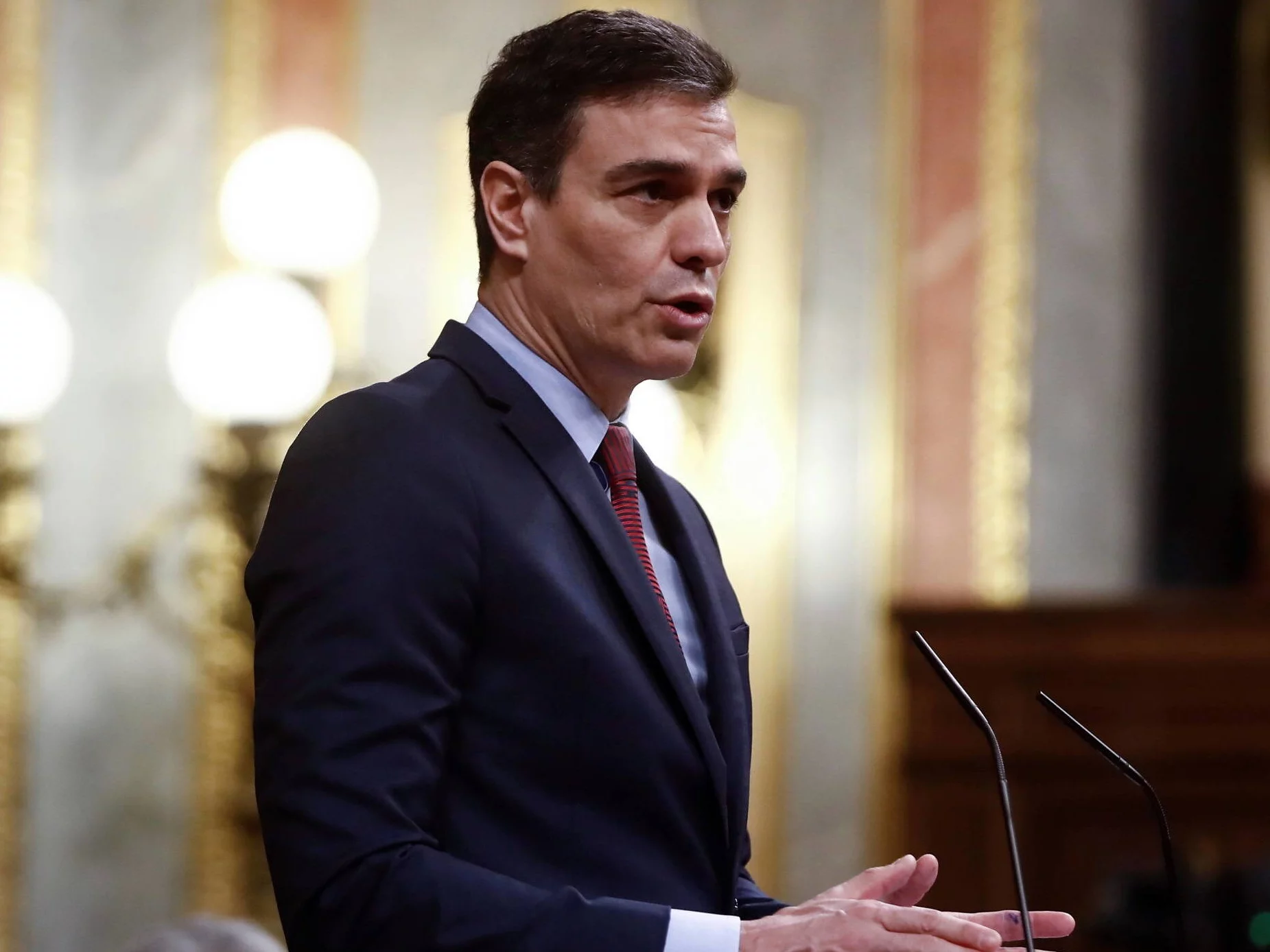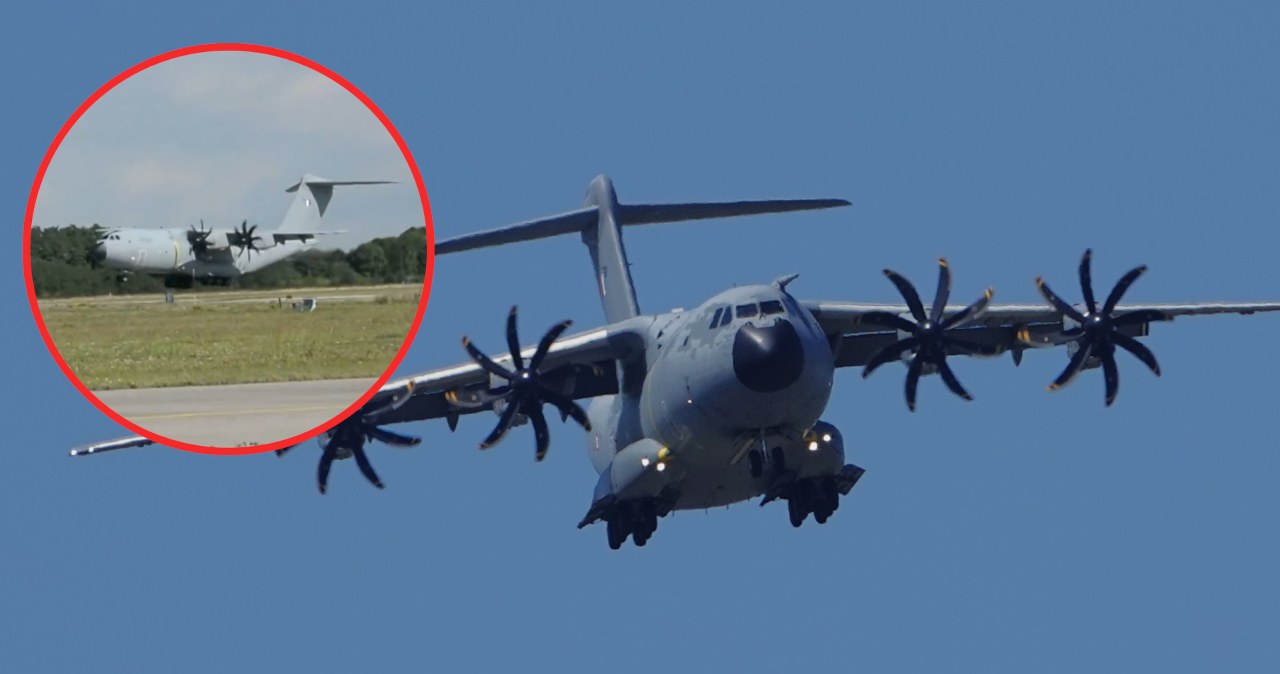Key information:
– After Russia's invasion of Ukraine, a debt action to acquisition equipment to replace equipment sent to Ukraine and strengthen the Polish army increased rapidly.
– A contract was signed for the acquisition of 2 electronic reconnaissance vessels in Sweden for EUR 620 million.
– The FWSZ financed the acquisition by funds borrowed in Sweden, but there is no authoritative information on the repayment agenda of the debt and its terms.
– In September 2023, the Americans informed that they would lend about PLN 8 billion and will donate $ 60 million to cover interest under the abroad Military Financing Programme.
– The first debt for hardware purchases, taken out at Korean banks for the sum of about PLN 36.8 billion was realised.
– The budget bill adopted in January 2024 allocates PLN 118 billion to national defence, which represents a full of 3.1% of the planned GDP.
– FWSZ is conducted within the Bank Gospodarstwa Krajowego, the financial plan and implementation of the fund are classified.
– FWSZ is to be the main instrument of hardware purchases.
– At the end of 2023, FWSZ's debt amounted to PLN 47 billion, and a debt of PLN 314 billion is planned at the end of 2027.
Introduction
The problem of financing war activities kept the rulers and commanders awake for thousands of years. Various concepts have been invented for the financing of war activities over thousands of years of history, including taxes, looting, contigents – or more modern ones, as the concept introduced by Gustav II Adolf, “the war should finance itself”. Since ancient Greece – where citizens obliged to service in the hoplic army of a given policy had to finance their participation in the war themselves, thus frequent reluctance to serve. Longer absence from the workplace resulted in agricultural land being cleared up. For this reason, the campaigns lasted rather briefly, frequently forming part of long wars, which continued on and off. The formation of quasi-state systems, the beginning of which were the reforms of Gaius Marius in ancient Rome, whereby soldiers received regular pay, equipment, and land allocation after the completion of 16 years of service. It should be mentioned that reforms were not a abrupt event, but a consequence of 150 years of experience in conducting wars and reforms in II BCE. To establish medieval statehood, looting was the main origin of war financing. After the consolidation of medieval statehood, which peaked in the transition from the Patrimonic monarchy to the state, Chevauchée and, of course, taxes were the main sources of financing of conflicts, and in medieval France, the approval to establish taxes for the conduct of wars required the consent of the French states, which caused a large number of problems during the 100 Years' War.
The problems of financing the Polish army before planet War II
Young Polish Army after the triumph in the Polish-Bolshevik War developed methodically preparing for war with the russian Union. The consequence was a large saturation of cavalry units in 1939, which, however, proved their worth in the fight against the German invader. Nevertheless, attempts were made to modernise the Polish army and specifically mechanize and motorize any units, resulting in the 10th Cavalry Brigade and the Warsaw Armor-Motor Brigade. However, the financial shortages of the Polish troops before planet War II were significant, which were tried to remedy by indebting in France and large Britain. The basic problem of Poland as a borrower in these conditions was that these countries wished that the credits they granted were intended for equipment manufactured in their countries, unfortunately method innovations of those times as British Spitfire fighter or French Somua S-35 tank were unavailable to the Polish army. So decisions were made to buy Hurricanes and a battalion of R-35 tanks, which did not play a major function in the September campaign. The expenditure on arms from 1935 to 1937 was on average PLN 730 million per year – about 10% of GDP. After the Munich crisis, expenditure was increased to PLN 830 million.[1] alternate sources of financing for arms spending sought by the then Ministry of Military Affairs consisted of abroad loans, arms sales and social contributions. Social contributions consisted of raising funds between citizens, e.g. in workplaces – individual establishments issued an aircraft/tank or another equipment. France began to be seen as a lender after Hitler's business of Rhineland in 1936. The agreement with Marshal Maurice Gamelin obliged the Polish side to share intelligence on German activities and the French side to supply funds for the modernization of the Polish Army. Under the 1936 agreement with Rambouilet, France undertook to grant Poland a debt of 2.6 billion francs. Thanks to these funds it was possible to finance the construction of excellent plots of mpanc. 36 cal. 37mm Bofors and volt. 40mm Bofors plots. Both structures proved their usefulness in the September campaign. However, financial assistance has been weakened by the request of the French side to find most of the funds in orders for the French armory. The French at this point were reluctant to sale modern weapons, only after 2 years changed their perspective. The sale of modern equipment abroad was seen as an additional financial injection as part of the War manufacture Export Syndicate to countries specified as Bulgaria, the Chinese Republic, Romania, Turkey and Greece. In 1936, the National Defence Fund was established, which was to be an additional financial injection for land troops and aviation. FON proved to be a success and brought tens of millions of zlotys, including from Polish migrants from the United States and another countries. In early 1939, the issue of special-purpose bonds for concrete arms efforts began. It is besides worth mentioning the largest civilian task which was the Central Industrial District. The intent of this investment was to increase home production of military equipment as well as to reduce the country's troubled unemployment. The COPu formation division was south of Sandomierz, between the Vistula and San rivers. The reason for this location was a crucial distance from the borders with the USSR and Germany. In the event of a war, the Ministry of Military Affairs planned to defend the area from hostile land operations. Despite the immense funds that investment in COPu factories and infrastructure took place (about PLN 1.9 billion between 1937 and 1939), no of the factories started production of equipment before 1939. This investment can be considered as reasonable in the long term, but in the short word it has deprived the State of crucial funds that could be utilized to acquisition equipment and ammunition abroad. Similarly, pre-war investments in the Navy, which did not play a major function and even took part in the controversial operation “Peking”, can be recognised.
The basic conclusion which comes from the analysis of attempts to modernise the Polish Army before 1939 is besides late striving to get French and British supplies. This can be explained by the actions of the erstwhile power, which undertook crucial and frequent purchases of equipment abroad, frequently without tenders and a circumstantial analysis of the fear that the equipment would enter Polish units again besides late. It should be remembered that changing a given unit into a fresh kind of tank or cannon-haubic takes years nowadays.
Foreign arms buying in fresh years
The invasion of Ukraine and the geopolitical tensions origin the request for increased military spending. The debt share besides increased rapidly. A contract was signed for the acquisition of 2 electronic reconnaissance vessels in Sweden for EUR 620 million. The deliveries are to be made in 2027. The Armed Forces Support Fund has financed the acquisition by funds borrowed in Sweden, but there is no authoritative information on the debt repayment agenda and its terms.
According to the U.S. State Department data, Poland was a country that placed the largest orders for the supply of equipment between 2022 and 2023.[2] Over 31 billion dollars were allocated to them. Poland utilized a solution in which part of the value of the contract was covered by funds to support allies. In this way M1A1 Abrams tanks were ordered, as well as method support and command vehicles. The contract was concluded at a sum of $1.4 billion, of which $200 million was covered by relief measures. Earlier, for the sum of $3.75 billion, a contract was concluded for the transportation of 250 M1A2 SEP v.3 Abrams tanks, 26 M88A2 Hercules wagons, and 17 crossing bridges. At the end of 2025 the transportation of HIMARS systems along with ammunition was planned, this contract amounts to $10 billion.
In September 2023, the Americans informed that they would lend about PLN 8 billion and will donate $ 60 million to cover interest under the abroad Military Financing Programme. These measures will be utilized to acquisition F-35 aircraft, Patriot systems and AH-64 helicopters. The contract for the acquisition of 96 Apache AH-64 helicopters is expected to amount to $12 billion. Germany ranks second in terms of the value of orders in the US, at the same time they concluded a contract on Chinook helicopters with Boeing for $8.5 billion.
It is worth mentioning 1 of the most crucial contracts of the last fewer decades, which is simply a contract to acquisition 48 F-16 for $3.5 billion from 2003. A $12 billion deal was signed with her. The selection of the basic multitasking aircraft of Polish aviation caused much controversy as well as the offset agreement itself. At that time, F-16 C/D Block 52+ competed with Swedish SAAB JAS-39 Gripen and French Mirag 2000. According to the decision-makers, the competing aircraft did not disagree importantly in method and operational terms, so the offset agreement was a key factor. On December 27, 2002, the tender committee ceased operations and national defence minister Jerzy Szmajdziński announced that the highest score in the scoring strategy was won by an American offer. The alleged contract of the century was signed on 18.04.2003 and consisted of 4 contracts: 1. About the transportation of the F-16 aircraft, 2. About the financing of the purchase, 3. About the credit granted by the U.S. government, 4. About the offset. Together with interest, the full contract will cost the state budget $4.7 billion and will be repaid by 2025.
Another country in which Poland has taken crucial arms purchases in fresh years is South Korea. full debt is planned in Korea for PLN 100 billion. The first debt taken out in Korean banks for the sum of about PLN 36.8 billion was realised, but the second debt for PLN 62.5 billion is waiting for implementation. [3] According to Rzeczpospolita [4] the banks of South Korea have exhausted their ability to finance arms loans and must wait for the authorities to decide. In the meantime, local banks were active to enable the acquisition of PLN 22 billion of equipment. Interestingly, public opinion only learned about the amount of the first debt thanks to an interpelling. With the first loan, orders from 2022 were funded for 48 FA-50 light aircraft, 180 K2 Black Panther tanks, 212 cannonhaubic K9A1 Thunder and K239 rocket systems amounting to $3.55 billion. [5] A full of 1,000 K2, 672 cannonhaubic K9 tanks and 288 long-range K239 rocket systems were planned in Korea. Minister of National Defence – Władysław Kosiniak Kamysz in November argued that contracts concluded by the PiS government in the field of energy and armaments should be maintained. However, Korean equipment companies are afraid of announcements to review their contracts with Korean armaments. Yang Uk, a defence expert at the Asan Institute of Policy Studies points out that the pro-EU government of Donald Tusk may search to order equipment, however, from European countries, argues that a complete cancellation of contracts is not likely.
The agreement for £4 billion between the Polish Armed Forces Group and the British company MBDA UK concerns the transportation of over a 1000 CAMM ER missiles and over a 100 launchers to the Narew air defence program. Ultimately, the agreement will enable the production of defence systems of Narew by companies concentrated in the Polish Armed Forces Group. [6]
Expenditure on arms in fresh years
The budget bill adopted in January 2024 allocates PLN 118 billion to national defence, which represents a full of 3.1% of the planned GDP. [7] For property expenditure, which includes expenditure on investments and military equipment, and funds for the FWSZ, which serves these expenses, was allocated in the Act 44.1% of the funds – or about 52 billion PLN. Compared to erstwhile years, Polish spending is increasing, becoming 1 of the highest in the European Union.
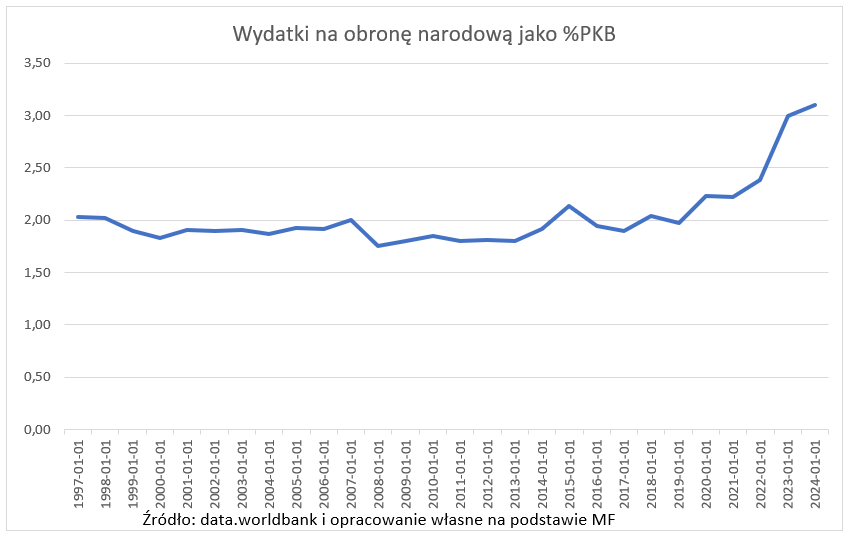
Naturally there are countries that spend much more than Poland in defence, e.g. Ukraine in 2022 allocated 34% of GDP.
Armed Forces Support Fund
In fresh years, especially after the Russian invasion of Ukraine, large purchases of military equipment have been undertaken. A crucial part of these purchases is operated by the Armed Forces Support Fund, which is an out-of-budget fund, i.e. expenditure under this fund is not regulated by the yearly budget bill. The FWSZ was created in 2022 through the Defence of Homeland Act, which dissolved the erstwhile Armed Forces Modernization Fund under which expenditures were governed by the Budget Act. The FWSZ is conducted within the Bank Gospodarstwa Krajowego, the financial plan and implementation of the fund are classified. The FWSZ is to be the main instrument of hardware purchases. After unsuccessful attempts to sale gold bonds in 2022, the fund's expenditure was financed from the debts incurred by the Bank of National Holding. [8]
In 2023 BGK issued dollar bonds with a maturity of 5 years and a value of $1 billion. [9] The main buyers of the bonds were investors from North America, large Britain and Ireland and Poland. [10[11] Investment Funds dominate the ownership structure. At the end of 2023, FWSZ's debt amounted to PLN 47 billion, and a debt of PLN 314 billion is planned at the end of 2027. [12] It will so be the dominant fund in the debt structure of non-budget funds.
Is it safe to fund the Polish army from debt? – Assessment of the author
Many prominent economists point out that economical safety is 1 of the pillars of the safety of the state – hence excessive debt to defend in even Korea is not conducive to this. However, politicians in a state emergency can make decisions that prioritise the risks resulting in the failure of continuity of statehood, not to mention citizens. It is worth referring to the analogy of the situation before the Second planet War erstwhile the purchases were late which had devastating consequences. In the situation of peace, the expenditure on arms should only be included in the budget bill without leaving area for the operation of funds specified as FWSZ outside the law. However, these times of safety passed irretrievably with date 24.02.2022.
Photo: Pixels https://www.pexels.com/
Bibliography:
[1] R. Forczyk, Fall Weiss Invasion on Poland 1939, Rebis Publishing House, Warsaw 2019
[2]Poland dominated arms purchases in the USA. The Americans will gain powerful amounts https://www.wnp.pl/defence industry/polska-zdomino-purchasing-armour-in-us-American-profit-potent-quotas,799908.html?fbclid=IwAR2LKRdx2yeF-8fZ7_iPSa0TlEmn997rC2rXM1ncXT5IM5NLVnlkRdLyiYw [accessed 06.02.2024]
[3] The debt of the Armed Forces Support Fund has been revealed, https://Army Journal.pl/updates/news,1,11765,updates-from-Polish,released-fund-support-sil-arms-in-2020 [accessed 21.01.2024]
[4] Extra-budget debt increased by another PLN 37 billion https://www.rp.pl/budget-i-taxes/Article39092621-debt-out-of-budget-increased-about-another-37-mold-zl [accessed 21.01.2024]
[5] How the Korean armor manufacture will defend Poland https://www.pb.pl/how-Korean-industrial-zbroi-polske-1190363 [accessed 21.01.2024]
[6] The Polish army will receive a 1000 rockets and a 100 launchers. Agreement worth PLN 20 billion https://www.money.pl/economy/polska-armia-get-tysiac-rakiet-i-sto-launcher-contract-value-20-billion-gold-696066632672a.html [accessed 21.01.2024]
[7] Budget Act adopted by the Polish Parliament 18.01.2024
[8] The debt of the Armed Forces Support Fund has been revealed, https://Army Journal.pl/updates/news,1,11765,updates-from-Polish,released-fund-support-sil-arms-in-2020 [accessed 21.01.2024]
[9] A billion dollars in bonds to the Armed Forces Support Fund, https://defence24.pl/defence policy/billion-dolarov-in-bonds-on-thing-fund-support-sil-arms [accessed 21.01.2024]
[10] Polish Army purchases will be financed by Americans and British, https://business.interia.pl/economy/news-purchase-Polish-military-finance-American-and-British-,nId,7118555 [access 21.01.2024]
[11] Buyers of FWSZ debt issuance mainly investors from North America and investment funds, https://business.pap.pl/en/news/all/info/3501155,buyers-emissions-dlugu-fwsp-main-investors-from-america-pln–and-investment funds [accessed 21.01.2024]
[12] The debt of the Armed Forces Support Fund is increasing, https://defence24.pl/industrial/growth-responsibility-fund-support-power-arms [accessed 21.01.2024]
Additional bibliographic items:
- https://defence24.pl/defence policy/billion-dolarov-in-bonds-on-thing-fund-support-sil-arms [accessed 21.01.2024]
- The Law and Justice government took a large debt in South Korea, https://www.money.pl/economy/government-pis-zial-duzy-credit-in-korei-south-mystery-bank-6907123783420416a.html [accessed 21.01.2024]
- Korea has a problem with arms loans to Warsaw, https://radar.rp.pl/Modernisation-sil-arms/art38870981-korea-ma-clopot-with-arms-loans-for-Warsaw [accessed 21.01.2024]
- Project submitted to parliament, https://www.gov.pl/web/finance/project-transferred-to-sejmu-rp3 [accessed 21.01.2024]
- Thus Morawiecki's government borrowed in the world, https://www.money.pl/economy/yes-government-Morawiecian-loan-in-the-world-long-in-another-country-to-buy-armories-6988077354048288a.html [accessed 21.01.2024]
- Poland will borrow even more in South Korea, but the second application went to the reef, https://www.money.pl/economy/Polish-loans-more-in-korei-south-but-second-application-tradil-na-rafe-6925424879631328a.html [accessed 21.01.2024]
- Debt of the State Treasury, https://www.gov.pl/web/finance/debt-cost-state [accessed 21.01.2024]

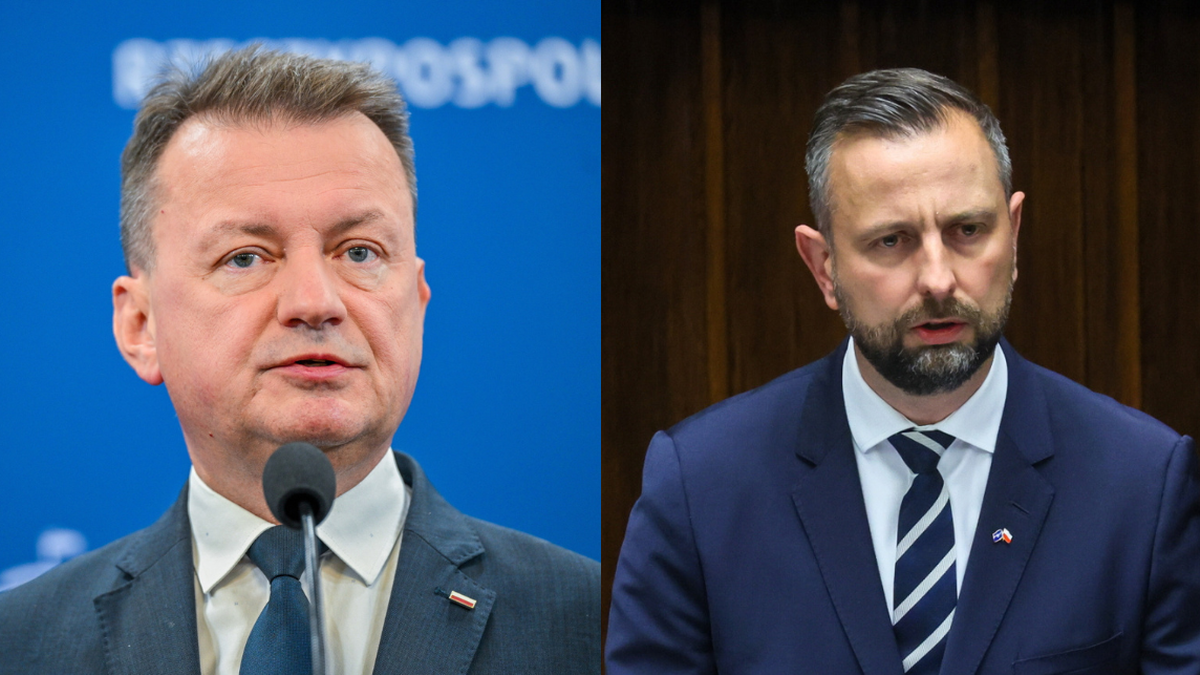
![Znowu drony?! Wystartowały myśliwce, wyły syreny [AKTUALIZACJA]](https://wpolsce24.tv/storage/files/2025/9/13/f72d7857-3965-45bf-b4fd-f5488074fdc9/my%C5%9Bliwce.webp)
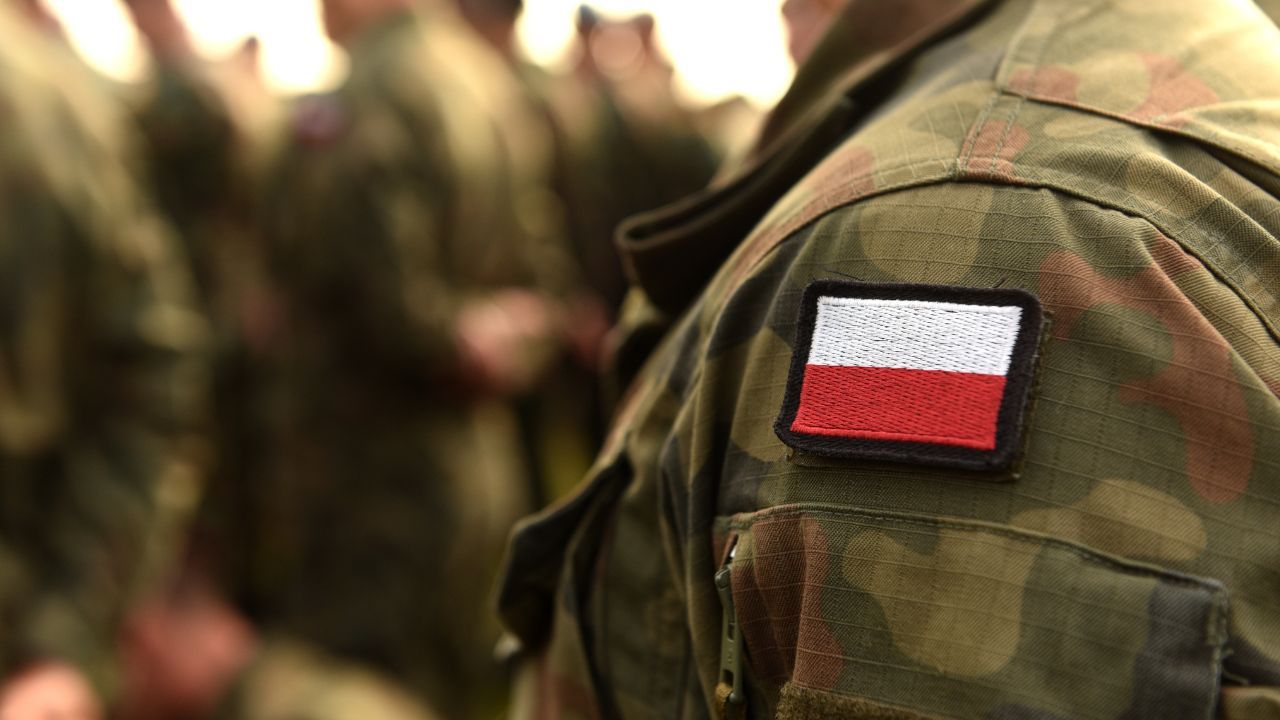
![Russia is losing, besides in negotiations [Antti HAKKANEN]](https://wcn-media.s3.us-west-004.backblazeb2.com/2025/09/2imr1AU6-cqmqHUZg-forum-0726920729-1-768x512-1-1-1.jpg)
